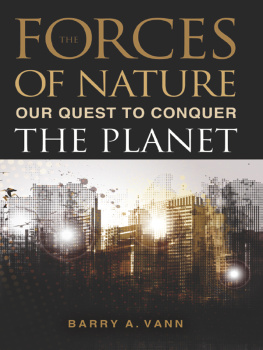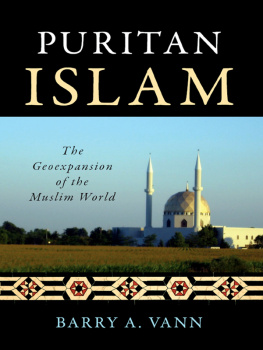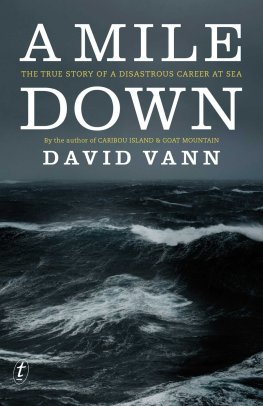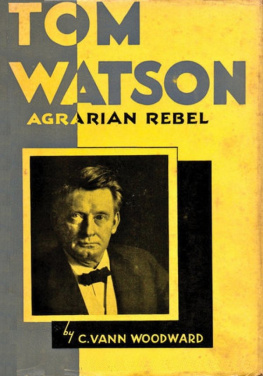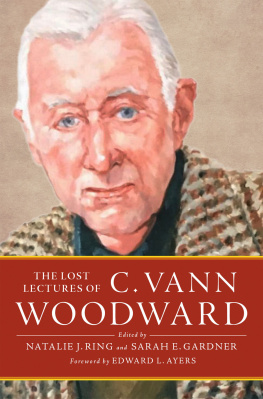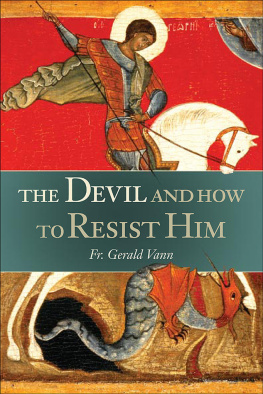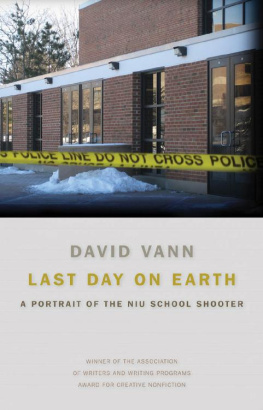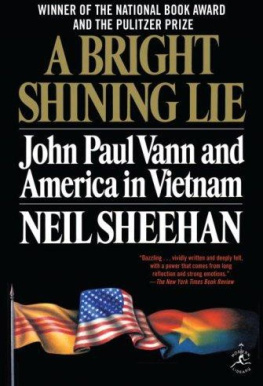
I t is virtually impossible to write a book of this kind without some encouragement and support from others. The idea of writing The Forces of Nature was planted in my mind by Dr. Frank L. Pete Charton during a course he delivered in atmospheric science when I was a freshman in college. Decades later, the seed that Dr. Charton planted was watered by my good friend Dr. Chin Teck Tan, who patiently listened to my impromptu ramblings about tornadoes, hurricanes, earthquakes, and how they affect human settlements. I would not have written this book without Chin's initial and continued encouragement. Amy, Sarah, and Preston Vann were also fountains of emotional support. Special thanks are due to Nick Cockrum and Lane Simmons for their photographic contributions. A deep debt of gratitude is owed to my colleague Geraldine Allen and her son-in-law Clayton Andrew Long; their maps help the book tell its story. I must also thank Debbie Wood for her assistance. Finally, I would like to offer special thanks to Steven L. Mitchell and Mariel Bard of Prometheus Books.
Finally, it is necessary to thank my students who offered me thoughtful reactions to the manuscript; among them are Hannah Adkisson, Whitney Arnold, Jeremy Bird, Madison Branstetter, Mathew Brotherton, Timber Craig, Dale Davis, Marquee Dawson, Andrew Fox, Latosha Howard, Jessica Stanfill, and Kelsey White.

Information contained in this survey was presented to residents in the Appalachian region in 2010 (except for Rufus Voiles, who discussed these issues with the author in 1995).
I am conducting a survey on perceptions of how southern Appalachian families, particularly those who lived in and around the Cumberland Gap area, got along during the Great Depression. I realize that you may have been born after that time period. Nevertheless, you have families that discussed their lives with you during that important phase of American history. If that is the case with you, I would like to invite you to participate in my study. It should take less than five minutes of your time.
If you are interested in participating and your heritage is Appalachian, please answer the following six questions:
- Did your family farm during the Great Depression (1930s)?
- Did they have any other non-farm income? If so, what occupations or business did they perform?
- In what county and state did your family reside?
- Did unemployed people seek help in the form of food or work from your farm family?
- Was your family better or worse off than city folk?
- As this survey may result in a publication, may I cite you as a source?
Many thanks,
Barry A. Vann

Akin, Wallace. Forgotten Storm: The Great Tri-State Tornado of 1825 (Guilford, CT: Lyons Press, 2002).
Annual Climatological Data. National Climate Data Center, US Department of Commerce. Cited in World Almanac and Book of Facts 2009, eds., Joyce et al.
A River Runs through It. Directed by Robert Redford. Burbank, CA: Tri-Star Motion Pictures, 1993. DVD.
Asian Development Bank. Rise of Asia's Middle Class. Manila, Phil.: Asian Development Bank, 2010.
Associated Press. South Struggles to Rebound from Deadliest Tornado Outbreak since Great Depression. Fox News, April 29, 2011, http://www.foxnews.com/us/2011/04/29/survivors-picking-pieces-deadly-twisters-kill-27/.
Baird, Callicott, J., ed. Companion to A Sand County Almanac: Interpretive and Critical Essays. Madison: University of Wisconsin Press, 1987.
Baker, Alan R. H. Geography and History: Bridging the Divide. Cambridge, UK: Cambridge University Press, 2003.
Barrows, Harlan Read. Geography as Human Ecology. Annals of the Association of American Geographers 13, no. 1 (1923): 1-14.
Beevy, E. S. The Human Population. Scientific American 203, no. 3 (1960): 195-205.
Black, Henry Campbell. Black's Law Dictionary. 6th ed. Saint Paul, Minnesota: West Publishing, 1990.
Blaustein, Richard J. Kudzu's Invasion into Southern United States Life and Culture. United States Department of Agriculture (2001). http://www.srs.fs.usda.gov/pubs/ja/ja_blaustein001.pdf/.
Bowen, E. G. Britain and the Western Seaways. London: Thames and Hudson, 1972.
. Le Pays de Galles, Transactions and Papers of the Institute of British Geographers 26(1959): 1-23.
. Saints, Seaways, and Settlements in Celtic Lands. Cardiff: University of Wales Press, 1969.
Boyer, Paul, et al. The Enduring Vision: A History of the American People from 1865. 5th ed. Boston: Houghton Mifflin, 2004.
Bradshaw, Michael, George W. White, Joseph P. Dymond, and Elizabeth Chacko. Contemporary World Regional Geography: Global Connections, Local Voices. 3rd ed. Boston: McGraw-Hill, 2009.
Braidwood, R. From Cave to Village. In Lamberg-Karlovsky, ed., Old World Archeology: Foundations of Civilizations.
Brooks, Harold E., and Charles A. Doswell III. Normalized Damage from Major Tornadoes in the United States: 1890-1999. Weather and Forecasting 16, no. 1 (2001): 168-76.
Burney, Charles. Ancient Near East. Ithaca, NY: Cornell University Press, 1977.
Buchsbaum, Ralph. Animals without Backbones: An Introduction to the Invertebrates. Chicago University of Chicago Press, 1948.
Carr, Donald. Breath of Life. New York: W. W. Norton, 1961.
Carson, Rachel. Silent Spring. Boston: Houghton Mifflin, 1962.
Caudill, Harry M. Kentucky and Wales: Was Ellen Churchill Semple Wrong? In McWhiney, Cracker Culture: Celtic Ways in the Old South.
. Night Comes to the Cumberlands: A Biography of a Depressed Area. Boston: Little, Brown, 1963.
Chenoweth, Michael. A Reassessment of Historical Atlantic Basin Tropical Cyclone Activity, 1700-1855. National Oceanic and Atmospheric Administration [NOAA] (2006). http://www.aoml.noaa.gov/hrd/hurdat/Chenoweth/chenoweth06.pdf/.
Childe, Gordon. The Urban Revolution. Town Planning Review 21, no. 1 (1950): 3-17.
Committee on Seismology. Seismology: Responsibilities and Requirements of a Growing Science. Washington, DC: Division of Earth Sciences National Academy of Sciences, 1969.
Conway, Dennis. Step-Wise Migration: Toward a Clarification of the Mechanism. International Migration Review 14, no. 1 (1980): 3-14.
Crowley, Thomas J., and Thomas S. Crowley. How Warm Was the Medieval Warm Period? AMBIO: A Journal of the Human Environment 29, no. 1 (2000): 51-54.
Cumming, Douglas, Grant Fleming, and Armin Schwienbacher, Legality and Venture Capital Exits. Journal of Corporate Finance 12, no. 2 (2006): 214-46.
Darby, H. C. Relations of History and Geography: Studies in England, France, and the United States. Exeter, UK: University of Exeter Press, 2002.
Davidson, Andrew Bruce. The Book of Job. Cambridge, UK: Cambridge University Press, 1889.
Davidson, Donald. I'll Take My Stand: The South and the Agrarian Tradition, 75th Anniversary Edition. Baton Rouge: Louisiana State University Press, 2006. First published 1930 by Harper.
DeCapua, Sarah. The Shawnee.
Next page
